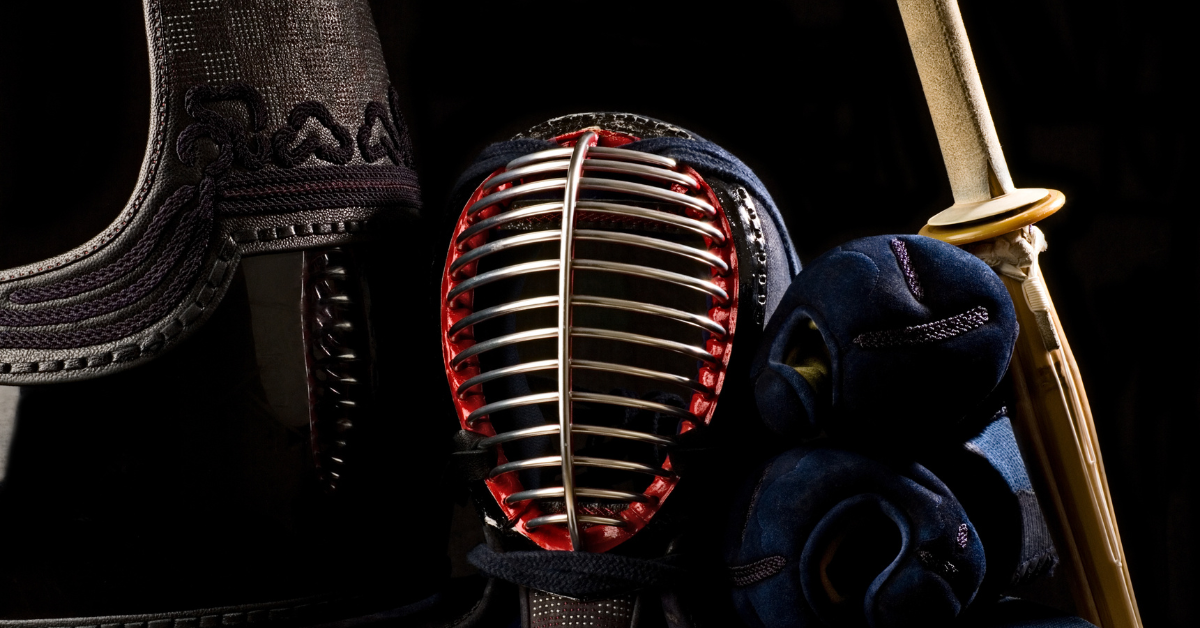Kendo is a martial art that can be practiced by children to seniors, and it is a sport that can be continued regardless of age or gender. Its appeal lies not only in physical fitness and technique but also in the opportunity to learn discipline, respect, and personal growth.
Why Kendo Is Considered a Lifetime Sport
Kendo is unique in that it trains the mind, technique, and body in balance. Unlike other martial arts such as judo or karate, which often involve intense physical movements, kendo uses bamboo swords (shinai), allowing practice to be adapted to one’s physical condition. One of its greatest appeals is that children and the elderly can practice together in the same dojo. In fact, there are many practitioners over 80 years old who still actively wield the shinai.
The ranking system allows practitioners to have goals regardless of age, which helps maintain motivation over the years. By accumulating practice, one not only improves technique but also develops as a person and learns etiquette. In addition, kendo is both an individual discipline and a community activity where practitioners grow by competing and learning from each other. This makes it possible to continue building meaningful connections and personal growth well into old age.
Why Beginners and Foreigners Can Start Easily
Kendo requires protective armor, which means beginners are less likely to suffer major injuries. The basic movements and etiquette are structured and systematic, making it easy for foreigners to follow as well. In dojos, it is common for beginners to train alongside experienced practitioners, with seniors guiding juniors carefully.
For foreigners, kendo is valuable as a way to experience Japanese culture directly. Since kendo begins and ends with a bow, it is not only a sport but also a way to learn the “Japanese spirit.” This is why many foreigners try kendo while traveling or studying in Japan. Even without strong Japanese language skills, much of kendo can be understood through form and movement, making it an accessible martial art across language barriers.
Overview of Kendo’s Appeal
| Aspect of Appeal | Details | Benefits for Beginners and Foreigners |
|---|---|---|
| Physical Benefits | Aerobic exercise and muscle strengthening | Can be practiced according to fitness level |
| Mental Benefits | Builds etiquette, patience, and concentration | Enhances understanding of Japanese culture |
| No Age Limits | Children to seniors can participate | Provides lifelong challenge |
| Safety | Protective armor minimizes injuries | Safe for beginners |
| International Reach | Practiced worldwide | Encourages international exchange |
How to Continue Kendo for a Lifetime
To enjoy kendo as a lifelong sport, it is important to adjust practice according to age and fitness level. Younger people can focus on vigorous training to refine their techniques, while older practitioners can focus on forms and basics to continue without overexertion.
Equipment choices also play a role in sustainability. Using a lighter shinai reduces physical strain, and maintaining good posture during practice helps protect the body long-term. In addition, the social connections built within a dojo provide emotional support and motivation, making it easier to keep practicing with joy.
Kendo and Health Benefits
| Health Aspect | Specific Effect | Benefit of Long-term Practice |
|---|---|---|
| Cardiovascular | Strengthened through aerobic exercise | Builds stamina and endurance |
| Muscular Strength | Improves lower body and core strength | Better posture and fall prevention |
| Flexibility | Repetition of basics increases joint mobility | Prevents stiffness and inactivity in old age |
| Mental Stability | Concentration and breathing reduce stress | Supports mental health |
Kendo for Different Generations
| Age Group | Training Focus | Key Points |
|---|---|---|
| Children | Basics and etiquette | Early development of focus and manners |
| Youth | Technical skills and physical strength | Competitions and ranking exams as challenges |
| Middle-aged | Emphasis on forms and fundamentals | Gentle exercise for health maintenance |
| Seniors | Slow and steady movements | Practiced as a key to longevity |
Kendo and International Exchange
| Global Reach | Details | Appeal for Foreigners |
|---|---|---|
| Spread Worldwide | Practiced in over 60 countries | Accessible even abroad |
| International Events | World Kendo Championships | Opportunities to meet multinational practitioners |
| Cultural Experience | Etiquette and dojo atmosphere | A direct way to understand Japanese culture |
| Language Barrier | Movements and forms are universal | Easy for beginners to join |
The Social Value of Kendo
Kendo extends beyond personal growth to provide social value. Community dojos act as intergenerational spaces where children, adults, and seniors share training time together. For children, this means learning respect and effort by watching adults firsthand, creating a valuable learning environment.
Furthermore, kendo connects people worldwide through international tournaments and exchange programs. It is not uncommon for overseas practitioners to visit Japan to train with locals. Crossing cultural differences to meet through the shinai fosters mutual understanding and contributes to peaceful international exchange.
Conclusion
Kendo is a sport that anyone can challenge regardless of age or fitness level and continue throughout life. It supports not only physical health but also mental growth and etiquette. For beginners and foreigners, it is an easy entry point into martial arts, and its international reach adds even more value. By picking up a shinai, practitioners gain an opportunity to experience Japanese culture while strengthening both body and mind. Truly, kendo deserves to be called a lifetime sport.






